Posted on 9/15/2024

When selecting a vehicle, one important choice is between a Continuously Variable Transmission (CVT) and a traditional automatic transmission. Both have their advantages, and understanding the differences can help you make an informed decision. Let’s explore the key aspects of each type to help you determine which is better suited to your needs. UNDERSTANDING THE BASICS A CVT is a type of automatic transmission that uses a system of pulleys and a belt or chain to shift through an infinite number of gear ratios. This allows the engine to run at its most efficient RPM, ensuring smoother power delivery and potentially better fuel economy. A traditional automatic transmission, on the other hand, uses a fixed set of gears (typically 6 to 10) that shift automatically based on the vehicle’s speed and engine load. This system offers distinct gear changes and a more familiar driving experience for most people. ... read more
Posted on 7/24/2024

The clutch is a key part of a car's transmission system, especially in vehicles with manual transmissions. It helps control the power transfer between the engine and the wheels, allowing for smooth gear changes. Let’s dive into the details! THE BASICS OF A CLUTCH A clutch is a mechanical device that connects and disconnects the engine's power to the wheels. This function is essential for starting, stopping, and shifting gears in a manual transmission car. HOW DOES A CLUTCH WORK? Here's a simple breakdown of how a clutch works: Clutch Pedal: The pedal you press with your foot. Pressing it moves clutch components to engage or disengage the engine from the transmission. Clutch Disc: A friction plate between the engine’s flywheel and the pressure plate. When the clutch is engaged, the disc is pre ... read more
Posted on 7/15/2024

Maintaining your vehicle's transmission is crucial for ensuring its longevity and smooth operation. Two common maintenance procedures are the transmission flush and the drain and fill. While both change the transmission fluid, they differ in their approach and effectiveness. Let's dive into the details of each method to understand their differences better. Transmission Flush A transmission flush uses a machine to completely remove the old transmission fluid from the system. This process replaces the fluid by adding new fluid through the transmission cooler lines. And removes the old fluid at the same time. Here are the key aspects of a transmission flush: Complete Fluid Replacement: A transmission flush ens ... read more
Posted on 2/20/2024
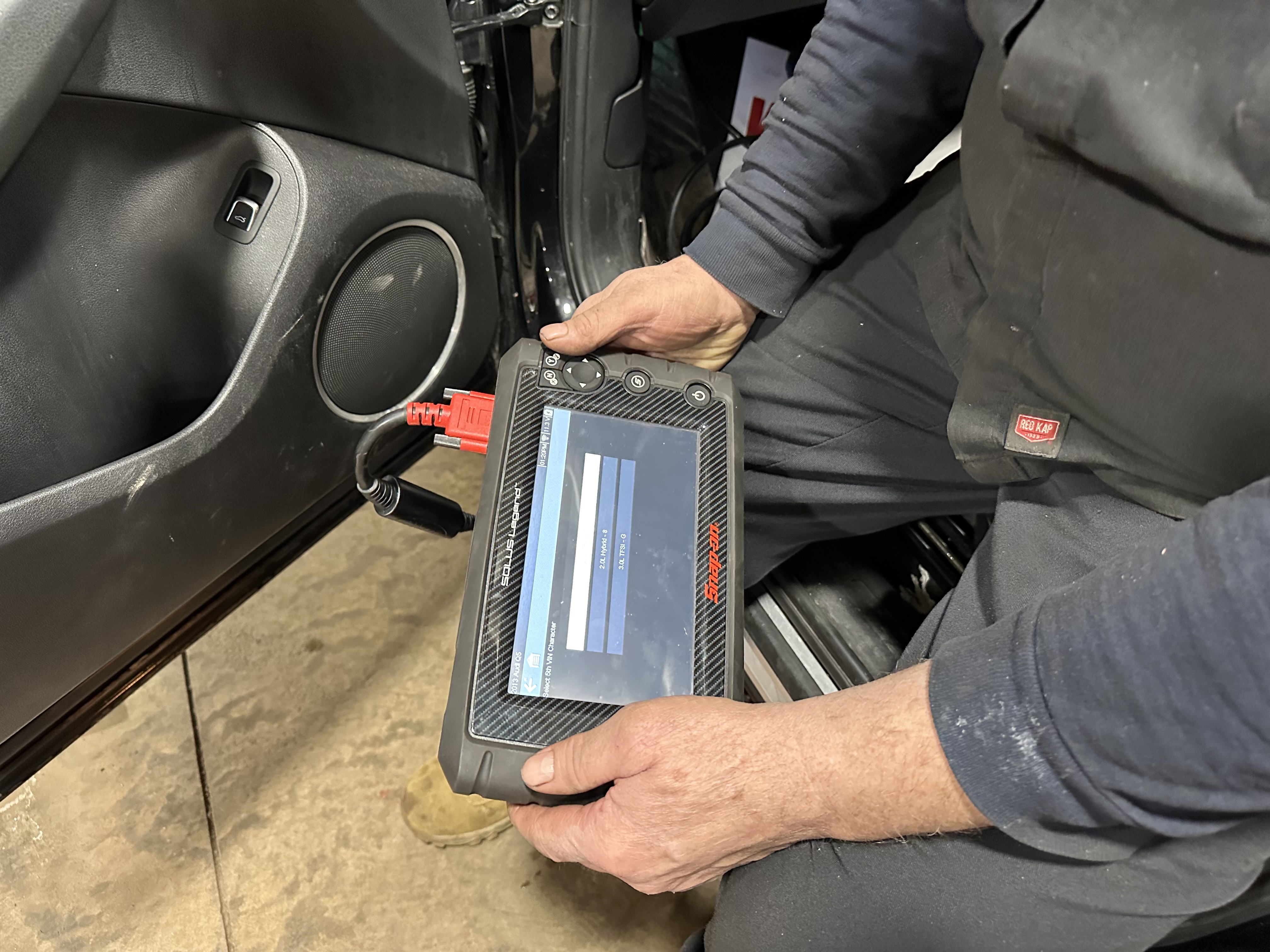
Ever wondered what to do when your car starts acting up, making weird noises, or just not driving like it used to? Well, the usual move is to head to the mechanic, right? But what if, even after the mechanic's thorough check, the problem isn't clear? That's where drivability diagnostics steps in. Let's break down what drivability diagnostics really are and how they come to the rescue. Drivability diagnostics is basically a fancy term for a process that figures out what's going wonky with your car's performance. Picture this: there are special tools involved, kind of like the car doctor's toolkit, used to figure out problems in key areas like the engine, transmission, and fuel system. Now, t ... read more
Posted on 7/6/2023
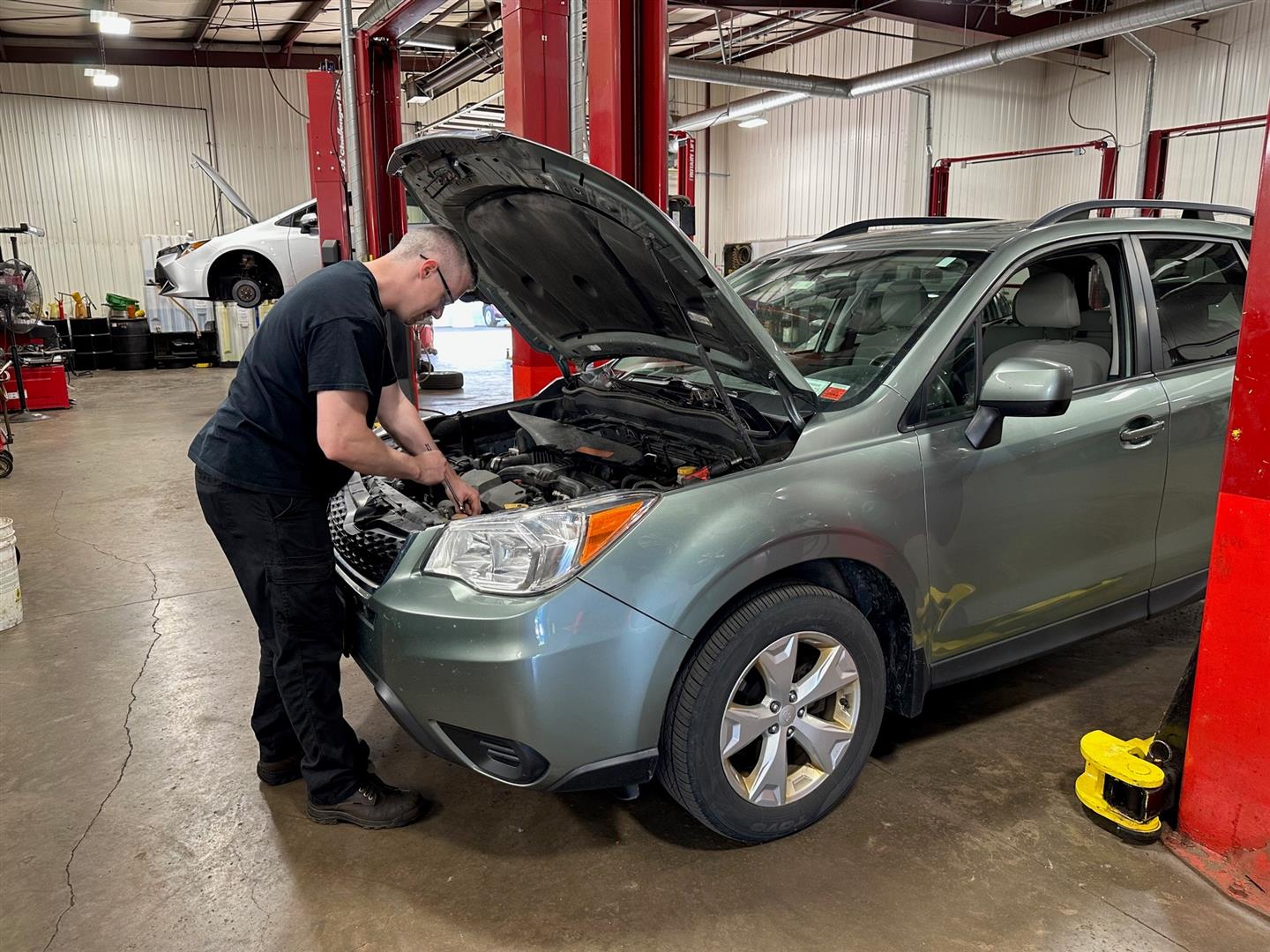
A common problem many drivers face is overheating. Serious engine and transmission damage can occur when a vehicle over heats. Learn more about what causes a car to overheat and how to avoid it. Low Coolant Level: Coolant or antifreeze helps keep the engine cool by circulating throughout the engine block and radiator. If there is not enough coolant, the system cannot dissipate heat. This causes the engine to overheat. Check the coolant level often and add more if necessary. Broken Thermostat: The thermostat controls the temperature of the engine. It can cause the engine to overheat or run too cold if it fails. A thermostat can break for reasons, such as corrosion, wear, or a mechanical failure. Have a mechanic replace your thermostat if you think it may be broken. Radiator Problems: The radiator dissipates heat from the engine that the coolant has absorbed. If the radiator is clog ... read more
Posted on 2/28/2023

Making the decision to repair or replace your car can be tough. On the one hand, you don’t want to sink too much money into an old car – but on the other, you don’t want to spend more than you have to. Before making any decisions, weighing each option’s pros and cons is important. Let’s break it down for customers looking for guidance. Assessing Your Car’s Condition The first thing to do before deciding whether to fix or get rid of your car is to assess its condition. If your car is newer and still under warranty, many repairs may be covered by the manufacturer. And that makes it easier to decide whether to keep it or not. If it’s an older model, other things need to be taken into account. Consider how much money you have already invested in repairs versus how much longer you think the car will last if fixed again. Inv ... read more
Posted on 1/17/2023
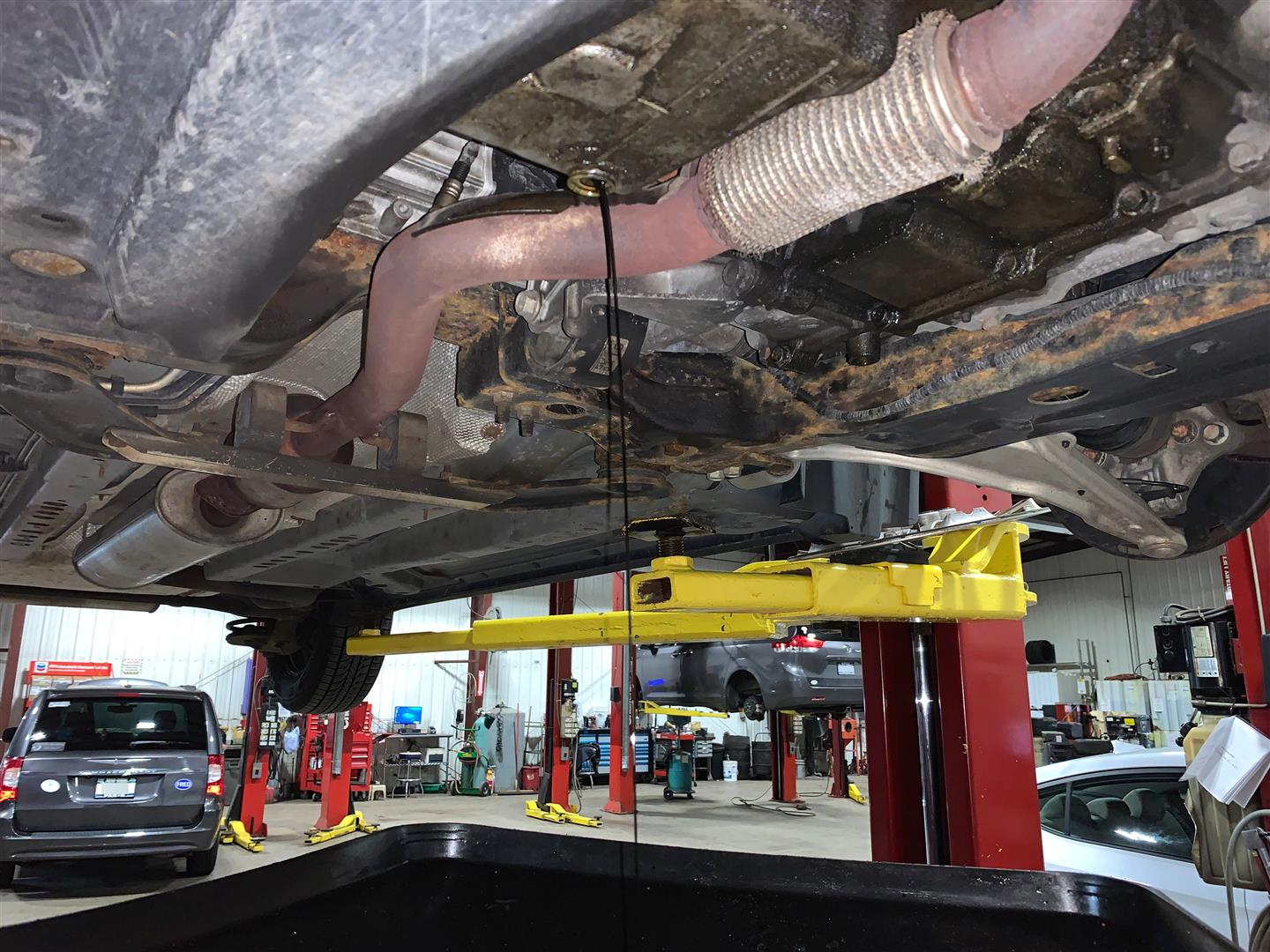
Regular fluid exchanges are one of the most important types of maintenance items for your vehicle. Clean, specialized liquids are needed to help lubricate and cool parts of your vehicle while driving. Contaminated fluids can cause performance issues and part failures. The different types of fluids in your vehicle will have different maintenance schedules. Learn more about these fluids and when they should be changed. MOTOR OILOil changes are the most common type of fluid exchange on a vehicle. Engine oil lubricates, cleans, and cools engine parts. It can also hold abrasive particles and chemical contaminants in suspension. Regular oil changes are neces ... read more
Posted on 9/27/2022

Lou’s Car Care is a full-service, independent auto repair shop in Baldwinsville, NY. We repair all makes and models of vehicles including European product lines. Just like humans, automobiles need checkups from time to time. Our certified auto technicians can complete routine oil changes, new tires, brake and rotor replacements, and alignments. We can also handle more in-depth concerns such as engine diagnostics, heat or a/c malfunctions, and electrical issues. Germany is well known for producing quality vehicles that last a lifetime. Audi, BMW, Mercede ... read more
Posted on 8/17/2022
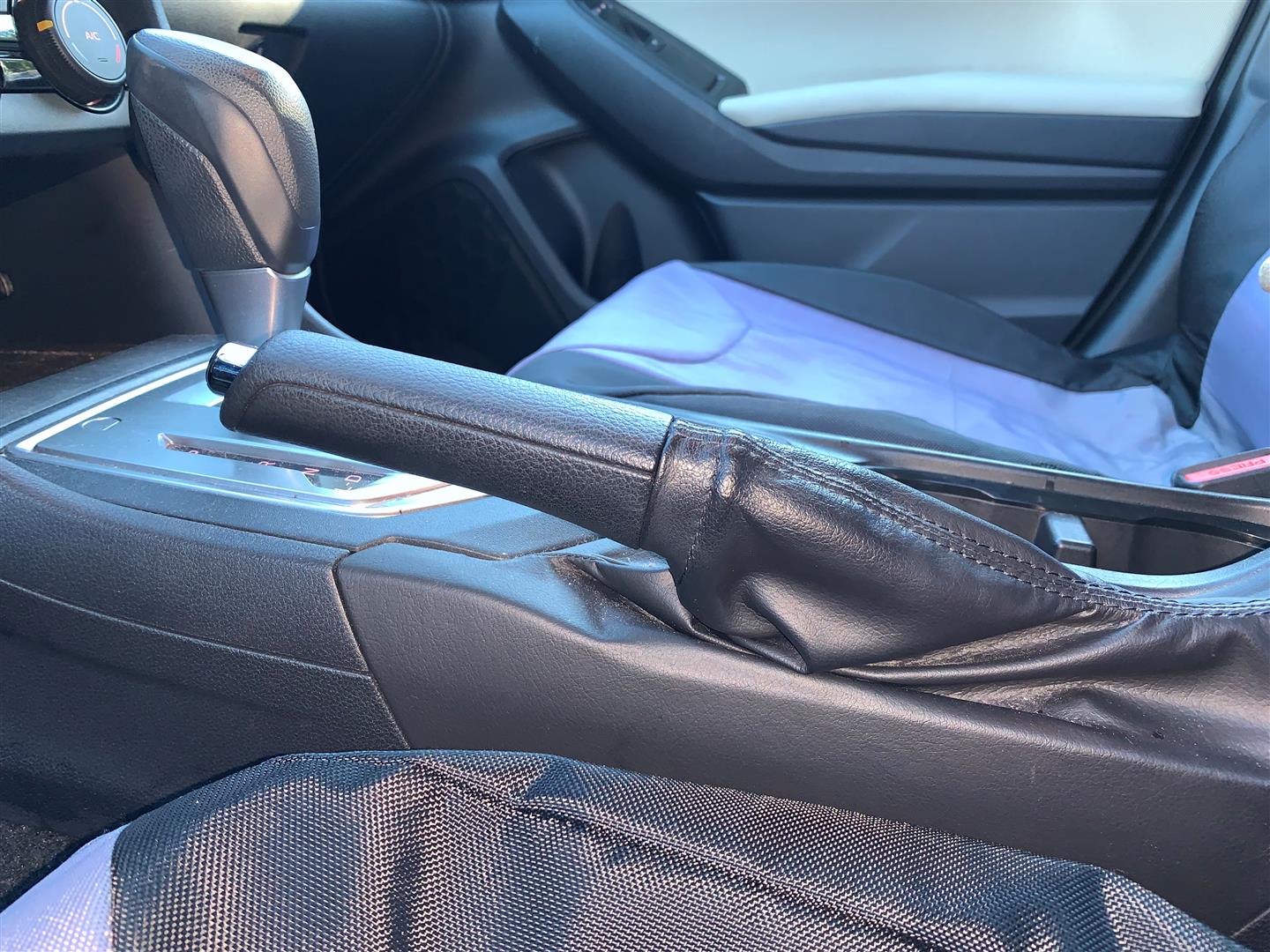
Out of all the buttons, levers, and switches in your vehicle, the parking brake is the feature that you most likely commonly overlook. The parking brake is also known as the emergency brake, e-brake, or handbrake. And is more important than you think. Find out how often you should be engaging your e-brake and why. How Does The Parking Brake Work? The parking brake is part of your vehicle’s overall braking system. It is a vital part of keeping your car from moving after you’ve parked it. The emergency brake was originally designed to be the secondary braking mechanism that would stop your vehicle if your main braking system failed. The parking brake will press against your rear brakes with less force than the primary braking system. Many people use the parking brake to keep their car in place when parked, especially on hills or steep inclines. When you shift your car into “Park”, you engage a device called the parking pawl. The pawl is a ... read more
Posted on 5/25/2022
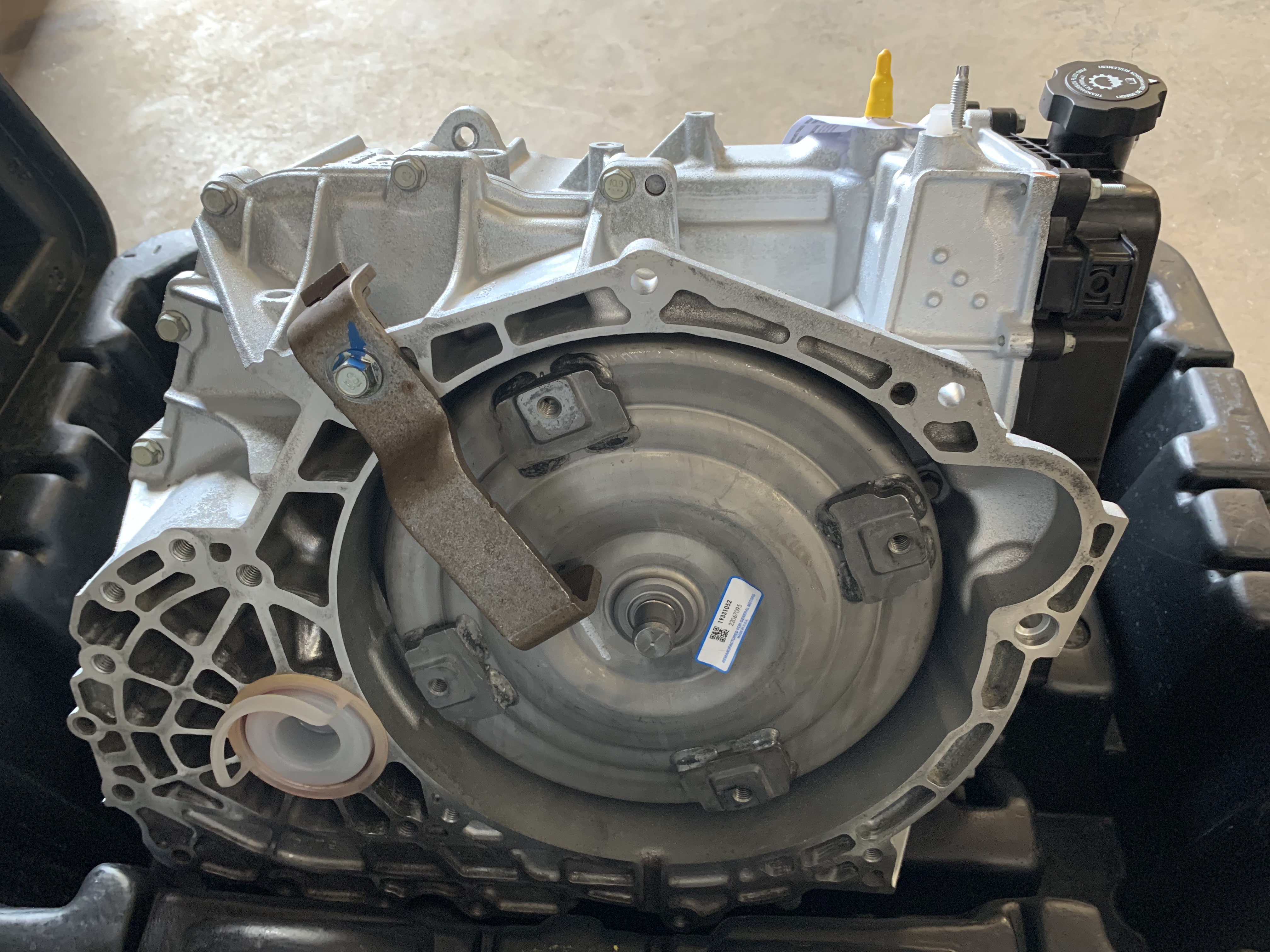
One of the most common transmission issues you can have is a slipping transmission. Slipping occurs when the transmission tries to change gear but falls back into the gear it was previously in. Or drops into neutral. Slipping doesn’t necessarily mean that your transmission is about to fail. But it is a sign that it is in serious need of service or repair. Schedule an appointment as soon as you can with a mechanic who can look into your issue. Symptoms of A Slipping Transmission The source of a transmission slip can be caused by various reasons. Diagnosing the issue can be a challenge, but here are some common signs to look for: Automatic Transmission Transmission tries to upshift, then falls back into a lower gear Transmission refuses to upshift Hard/rough gear changes Unusual noises when shifting Engine RPMs increase when stepping on the gas, but the vehicle speed doesn’t Check Engine Light is on Manual ... read more